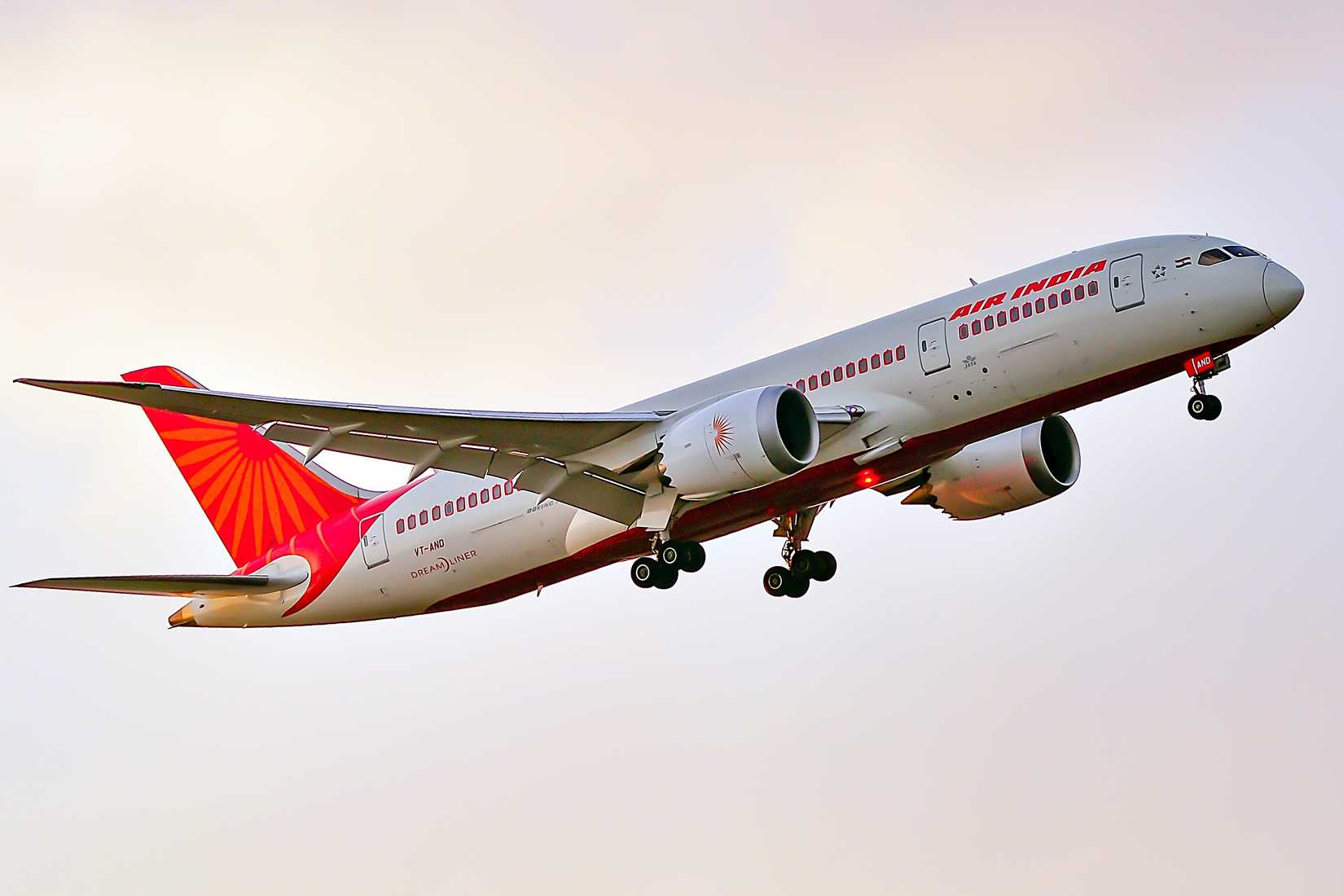A Boeing 787 Dreamliner landed in Birmingham, United Kingdom, this past weekend with an unexpected complication that alarmed the Air India crew flying flight 117. The plane touched down with the ram air turbine (RAT) deployed, unbeknownst to the flight crew.
The pilots and cabin crew of Air India are especially wary of any malfunction aboard a 787 Dreamliner after the fatal crash of flight 171 in June that saw a catastrophic loss of life. Following the incident over the weekend, the Air India crews are demanding all 787s be grounded.
Air India And The 787
The RAT that was deployed on flight 117 is used to power systems in the event of a loss of power to primary systems. The RAT keeps critical electrical supply and hydraulic power online for the plane to fly safely to an airport where it can be repaired before the next takeoff. It is not designed to deploy on its own when all systems are functioning normally, and it should be apparent to the flight crew if it does through system displays in the cockpit.
The airline pilots of not only Air India but also all commercial flight crew in India have demanded an electrical inspection of all 787 Dreamliners before a single one of them takes off again. The unionized pilots of India are collectively pushing for the entire fleet to be grounded until every jet is proven to be without fault.
FlightAware data shows flight 117 left Sri Guru Ram Dass Jee International Airport (ATQ) on Saturday just after noon and safely landed at Birmingham International Airport (BHX) just after 19:00 on October 4. The RAT was found deployed after the 787 finished its nearly 11-hour journey. The New York Times reported these comments from Captain Charanvir Singh Randhawa, president of the Federation of Indian Pilots, following the incident:
“I have never heard of the R.A.T. being deployed automatically without any hydraulic loss, power loss or failures.”
Suspicions Around The Dreamliner
The events of flight 171 are still under investigation and the causes remain unconfirmed to this day. The black boxes recovered from the crash revealed a potential fuel system malfunction, which has made Air India pilots and flight attendants (FAs) suspicious of the plane’s mechanical safety. It has yet to be determined if 171 crashed due to pilot error or mechanical failure. The RAT was also incorrectly deployed on flight 171 before it crashed.
India’s Ministry of Civil Aviation’s Aircraft Accident Investigation Bureau (AAIB) headed up the mishap response immediately after the plane went down in Ahmedabad, India. Since then, representatives from the UK, Portugal, and Canada’s own AAIB, as well as America’s National Transportation Safety Board (NTSB) have joined the efforts. Technical advisers from GE and ![]() Boeing are also involved in the process.
Boeing are also involved in the process.
In videos posted online taken by witnesses, the plane appears to be configured without flaps deployed, which would be both a major flight crew error and potentially the cause of the crash. The flight data recorders were recovered in the wake of the tragic, deadly accident, which revealed some chatter between the pilot and copilot regarding incorrect fuel system control settings.
Connection to Air India Flight 171
The preliminary report findings from the investigation into flight 171 showed that the RAT had also deployed before the jet dropped from the sky after take off and crashed into the college dormitories near the airfield. That link between Saturday’s incident and the fatal crash this past June has rung alarm bells of a potential safety issue inside the machine.
Many believe that the aircraft may have been at fault with a malfunction in the system. Some similar instances with other 787 Dreamliners have been reported with different conditions, which makes it impossible to definitively state if the machine was faulty until a thorough examination is done. So far, only a preliminary investigation has been publicly reported, making any guesses as to the root causes purely speculative at this time.





